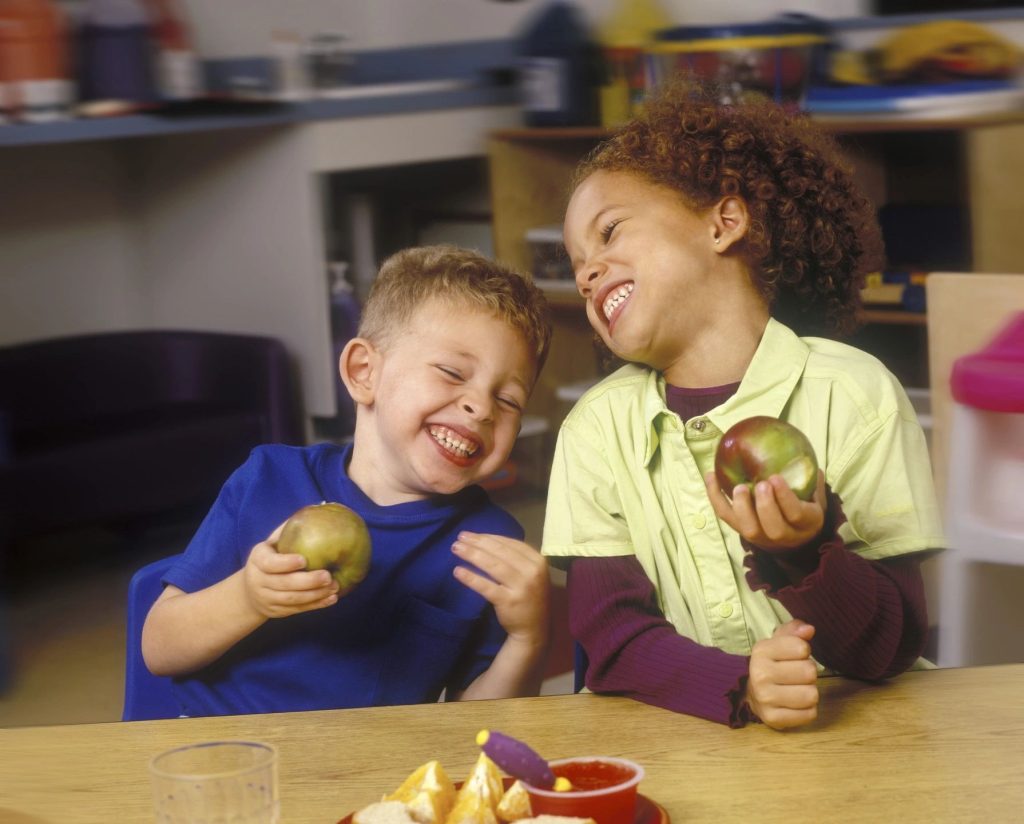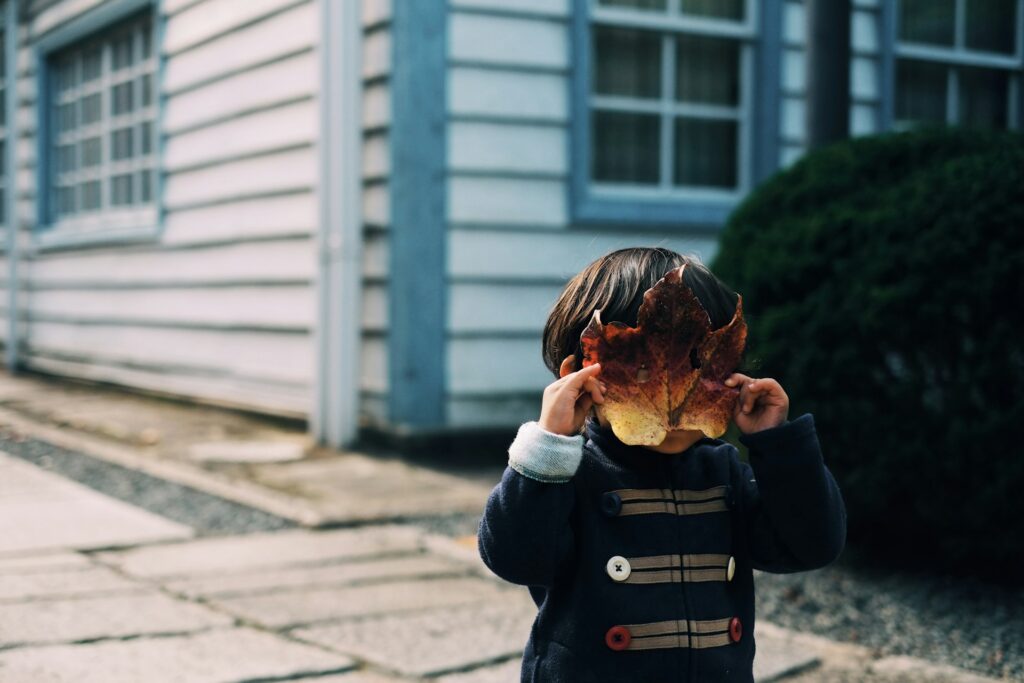We’re just one week away from Count All Kids Day! By the 18th, nearly all families should have received their first invitation to respond to the Census. We need your help to make sure all kids—including babies and young children– get counted, so we need to make sure they know they should include their babies and young children on the 2020 census form. That simple action can improve planning and service delivery in communities across the nation for the next 10 years.
March 18th is Count All Kids Day – an activation day for advocates and partners across the country to make sure families and guardians know they need to count all babies and children in the 2020 Census. We hope everyone will plan to take some action and encourage their networks to do the same. Ideas are included below. In particular, please save the date for a Twitter storm between 1 and 2 pm eastern on the 18th, with the goal of educating service providers to use our posters, palm cards, and other materials. And check out the Count All Kids Facebook page on March 18th to add our Facebook Frame to your Facebook profile. More information coming soon!
The guide below highlights resources and strategies to help you get the word out on Count All Kids Day.
Where to start? The 2020 Census Message Guide from our Messaging and Outreach Kit is a quick overview of research-tested messages and accurate information about counting young children in the 2020 Census. You can bring it to Census events or other community gatherings so you can have answers to tough questions on hand.
Below are additional resources to help you give the best information:
• These Eight Simple Rules (available in English and Spanish) address most common questions about counting young children.
• This Frequently Asked Questions factsheet should have answers to any question you might get about counting kids. If it doesn’t, please let us know!
• This factsheet on foster children and this one on temporary residents are also useful handouts. You can access the factsheet on foster children and temporary residents in Spanish as well.
Distribute resources where guardians can access them. You can hold a Count All Kids Census party, or display the materials in your office where families can see and use them. The Count All Kids Messaging and Outreach Kit includes flyers, palm cards, stickers, and more (all in English and Spanish) that can be downloaded, printed, and distributed to child care centers, preschools, Head Start and Early Head Start programs, pediatrician offices, WIC offices, VITA sites, and other locations where guardians with young children will see them. In a few weeks, the flyer and palm card will also be available in Chinese, Vietnamese, Korean, Russian, Arabic, Tagalog, Polish, French, Haitian Creole, Portuguese, Japanese, Navajo, and Somali. Putting up posters and handing out palm cards may feel very simple—but our focus groups show that families were most likely to see and trust the information using this strategy.
• Palm Card: This brochure-sized resource has all of the key points that guardians should know about the census form, including its confidentiality and convenience. There is also a chart that gives examples for when you should or should not include children on the census form.
• 3×3 stickers: These stickers emphasize that babies count too and include the Census website and phone number.
• 11×17 and 8.5×11 poster: This poster can be printed in color as well as black and white.
• Activity Sheets: These four activity sheets engage children with activities related to counting their family. Each sheet also includes information for guardians explaining the importance of counting children. They are perfect for keeping children entertained while you answer parents’ questions or even set them up to fill out the census form at your event by going online from a computer or by calling the number on the activity sheet.
• Google drive: You can access additional resources from our Count All Kids Google drive.
• Sesame Workshop: Sesame Workshop has posters and flyers with Count von Count that you can download.
• Nickelodeon also has a 30 second PSA and other resources available here.
Reach out to local media. With your encouragement and the following resources, local radio and TV stations can be powerful messengers in efforts to get all children counted. Print reporters may also want to cover this story.
• The Count All Kids Messaging and Outreach Kit has one 30-second reader and one 60-second reader, both specific to Count All Kids Day, that you can give to radio and TV stations to read or record as PSAs. They are available in English and Spanish. The Radio Reader resources in the Kit provide guidance on how to contact local stations.
• Sesame Workshop also produced six TV PSAs in English and Spanish, and one radio PSA that you can send to TV and radio stations to play.
• The Count All Kids Campaign will be releasing a press statement on March 16, which you can use in your own efforts. We will also be releasing a template to draft your own. Sharing local data in your press statement on the undercount of babies and young children can be very effective. You can look up how many kids are at very high risk of being missed in your community here. You can find a set of screenshots here to show you how to find the share of kids at very high risk of being missed in your count. And if you want to get more data, this webinar and factsheet will help you find it.
Op-Eds
If you were waiting for a good time to place an op-ed in local news outlets, this would be the perfect moment. Op-eds are typically 500-800 words on a particular topic, though publications, which usually share their guidelines online, vary. Use this strategy to highlight how the Census impacts your particular community, service area or program and encourage people to participate. You can feature Count All Kids Day as a point of urgency to get the op-ed placed. The Count All Kids Toolkit has lots of information you can reference.
Below are helpful points to include:
• The Census is conducted every 10 years, as required by the Constitution.
• In 2010, 2 million children under age 5 were not counted, and many of them were missed because their families returned the form but left them off.
• Census participation impacts local communities like yours. Make sure you mention that this data is the only data that can be used to allocate federal funds for many programs. Funding is allocated by formula, so if more kids are counted, the increased funds are automatically allocated.
• People can expect to receive mail with directions for filling out the form. They can complete the form by internet, phone call, or on paper (include the phone numbers for languages spoken in your community, which you can find here).
• Focus on why it is important to include babies and children if they live at the address, even if they are not their own child or if they are at the address temporarily.
• Consider including the number of young kids at very high risk of being missed in your state, county, or legislative district by using the hard to count map.
Don’t feel up to writing a lengthy op-ed? Try writing a letter to the editor, typically closer to 250 words. Be sure to check your local paper’s guidelines for letter specific requirements. This would be simpler, and could just mention Count All Kids Day, mention how many kids could be missed in your county and ask everyone to count every child at their address and to let others know too.
Facebook |Twitter| Instagram Guide We have created a number of materials for you to use on social media, and they are on a simple platform in the Messaging and Outreach Kit so you can click and post. The Sesame Workshop Census page also has social media posts you can use.
• Count All Kids Day Twitter Storm We encourage advocates and partners to postfrom 1 – 2pm using resources from the Count All Kids Messaging and Outreach Kit and Sesame Street.
-Hashtags: #CountAllKids #2020Census
-Count All Kids Twitter: @CountAllKids
• Facebook Frame On March 18 at the Count All Kids Facebook page we will have a Facebook frame that says “Big or Small Count Them All” that can temporarily border your Facebook profile picture. We encourage you to use this frame on Count All Kids Day through at least the end of April. The frame will be shareable, so you can also encourage others to use it as well. You can add the Facebook frame by going to the Count All Kids Facebook page.
• Digital Ads: Count All Kids will also release zip code level data that shows where children are at the highest risk of being missed. With just a few dollars, you can use our digital graphics as ads, using this zip code level data to guide you in where to place the ad. This will make sure you reach the families most likely to miss counting their kids, without paying for ads in areas where kids are more likely to be counted.








